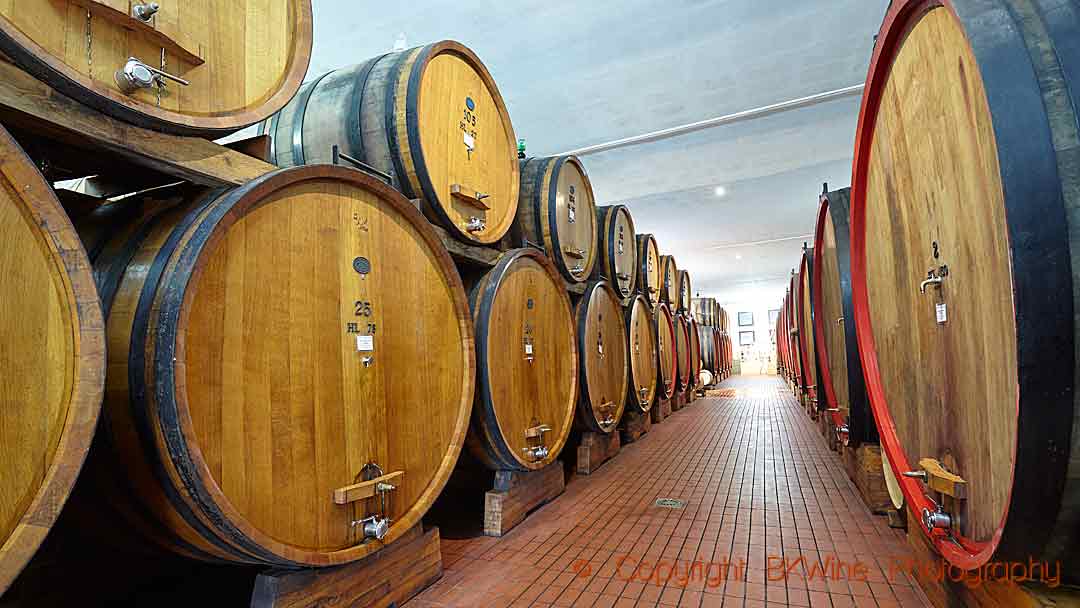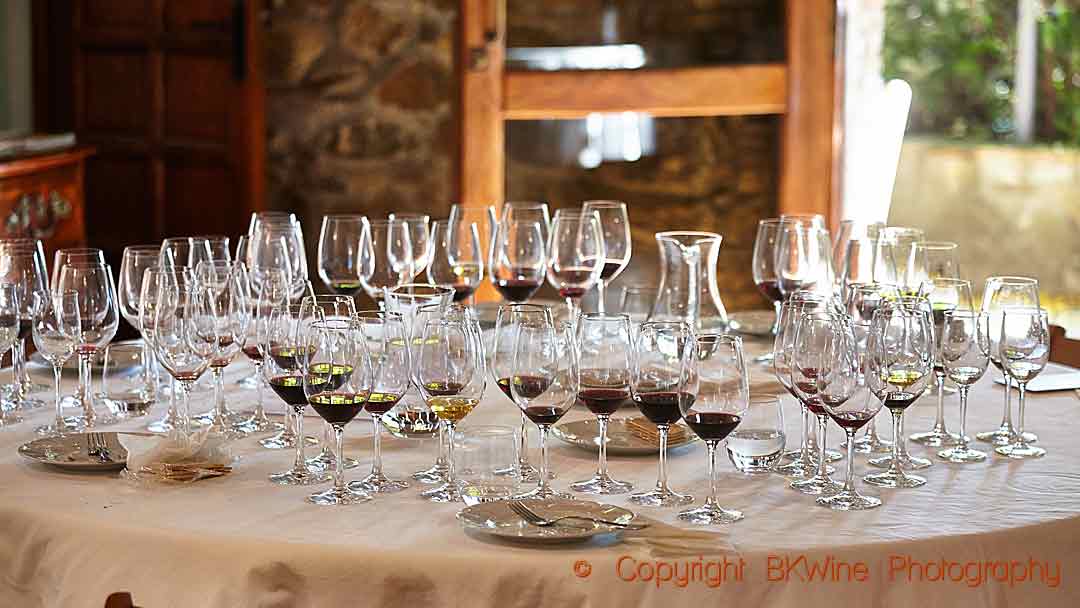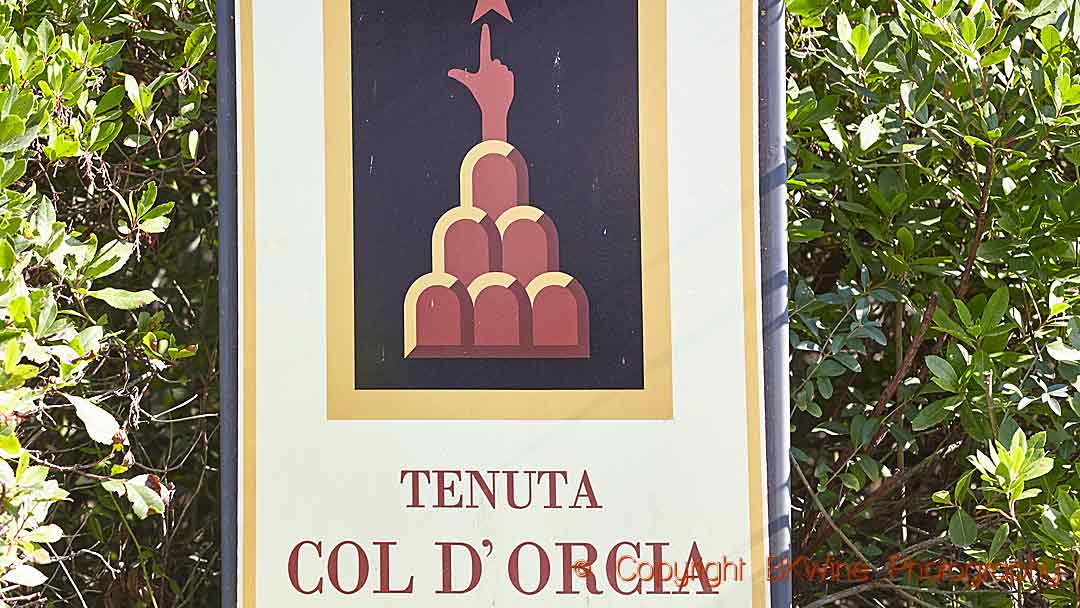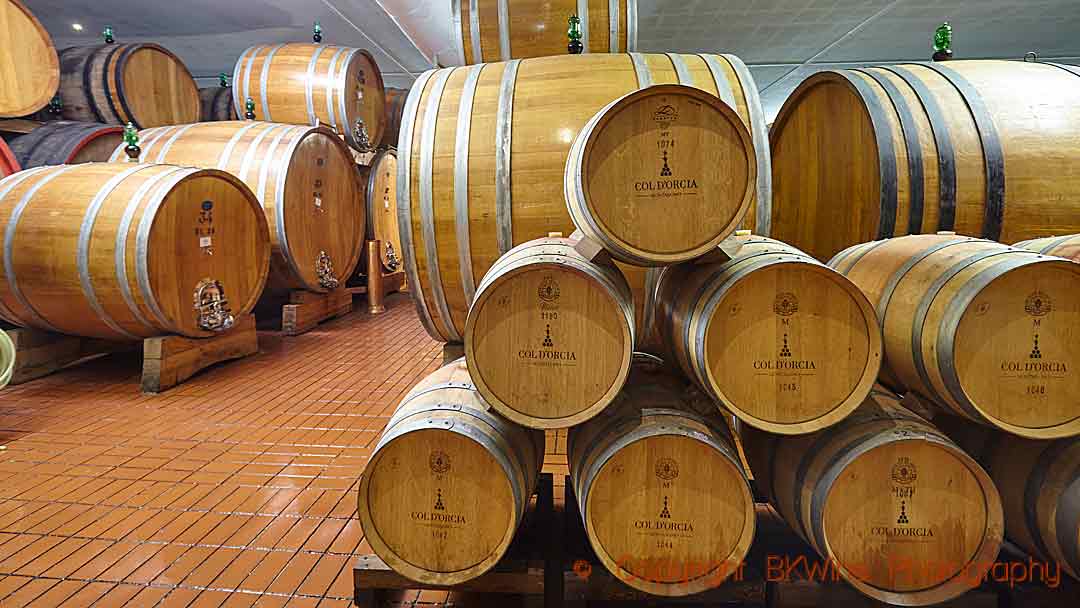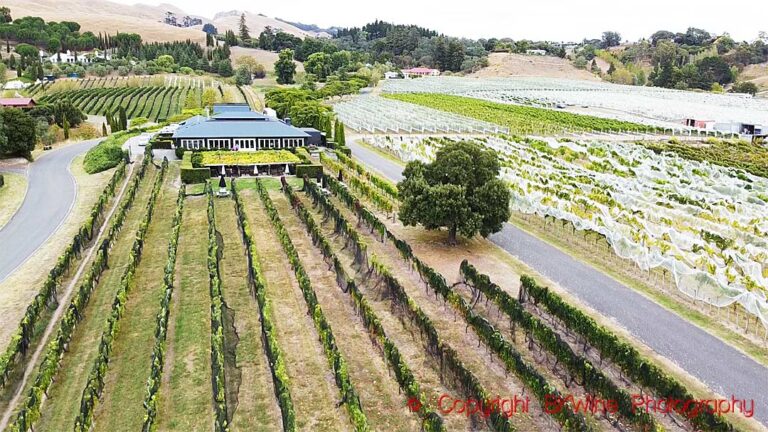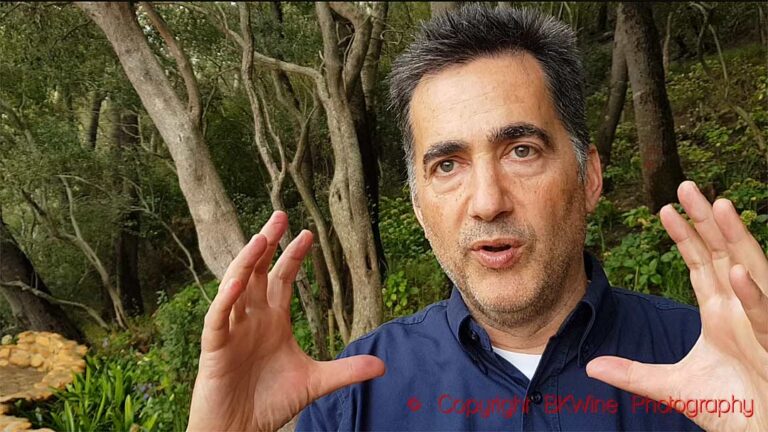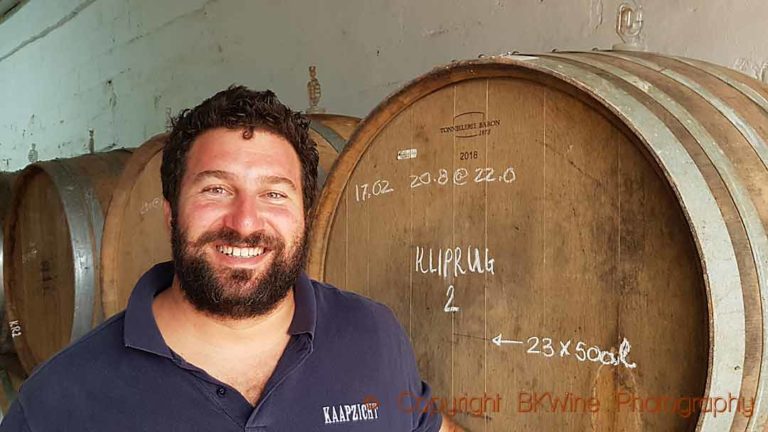Col d’Orcia in Montalcino is one of our favourite producers to visit on our wine tours to Tuscany. Recently we tasted several of the estate’s Brunello di Montalcino wines together with the owner, count Francesco Marone Cinzano. He talked about organic farming, biodiversity, research on sangiovese clones and much more.
Col means mountain in Italian, and Orcia is the river that flows below the property. The symbol on the label is three levels of hills. It shows, says Francesco, that the vineyards are the most important. He emphasises that he and his family do not see themselves as winemakers but as farmers. “We harvest the grapes, and the wine is a consequence of that,” he says. “The hand pointing to the star shows our pursuit of the highest quality.”
This is a longer version of an article published on Forbes.com.
Brunello di Montalcino is one of Italy’s great wines. Clementi Santi at Biondi Santi “created” Brunello when, in the 1860s, he made a wine from a clone of sangiovese grosso which he named brunello. He came up with a “magic recipe”, says Francesco. “Clementi Santi noticed that when he aged the wines in large botti, the wine did not turn into vinegar; on the contrary, it became more complex.”
Even today, the producers age their Brunello in these large oak barrels. The statutory ageing time is four years and five years for a riserva. It may seem like a long time, but Francesco points out that only two of these years have to be in oak barrels.
When asked if the ageing times should be reduced, he firmly says no. “We mostly use 150 hectolitre botti; that corresponds to 20,000 bottles. The wine stays there for three years. The botti allow some micro-oxidation, but limited. We feel that we don’t have a problem with losing the fruit.”
Biodiversity
Col d’Orcia is a large estate that doesn’t only consist of vineyards. And that is important, says Francesco. Overall, there is a high level of biodiversity within the DOCG Brunello di Montalcino. Vineyards cover only 15% of the appellation. So there is room for wild plants and animals, forest, olive trees and other Mediterranean vegetation. A unique reservoir of biodiversity, he says. “We have hives, and we produce honey. We have 110 natural truffle fields. Because truffles are sensitive, this is an indication of sustainability.”
I’ve had unforgettable truffle pasta at Col d’Orcia and tasty wild boar, single-handedly shot by Francesco. So yes, the estate can boast both truffles and wild animals.
The Col d’Orcia philosophy is that their wines should be drunk with food. “Drinkability is important to us. We do not want to be the first glass that strikes the taster; we want to be the first glass to be empty.”
Since 27 August 2010, the entire estate, including vineyards, olive groves, other fields and even the gardens, has been grown organically. Francesco has for a long time worked actively to spread organic farming within the appellation. During our tasting, he announced, with pride in his voice, that 50% of Brunello DOCG is now organically certified or under conversion. “I never thought we would achieve this; it will drag the rest of the producers in this direction too.”
An essential element in organic farming is the cover crop. They only plough if it is needed; if there is, for example, a severe drought and the grass competes too much with the vines.
Research
Francesco and his family are pioneers in agronomy research and, above all, how best to treat sangiovese, the region’s famous grape. Francesco emphasises the importance of choosing rootstock and clones adapted to the terroir. He works with the universities of Pisa and Florence.
“In collaboration with TOSCOVIT, the association of Tuscan vine nurseries, we have planted at Col d’Orcia, five years ago, a vineyard with the 19 most used clones of sangiovese in Tuscany.”
This vineyard will allow them to compare each clone in the context of the recent weather parameters. And last month, they planted some sangiovese vines grafted on rootstocks developed by the Rauscedo nursery to gain experience with this new product.
Climate change and alcohol
Climate change is always at the forefront of their minds. One of the vital questions is how the warmer weather affects the alcohol level. “We had 10.5-11% in the old times,” says Francesco. “In 1970 we had 12.5–13%, now we have 13.5–15%.”
15% is perceived as too high an alcohol content by many consumers. Col d’Orcia works with different solutions. “We are working on having more production on each plant.” But you have to find the right balance. If you seek too much production, it will stress the plant because you make it produce more than it actually can, and you have problems with diseases. Other methods he talked about are tending the foliage so that the grapes get shade and harvesting earlier, before the grapes have accumulated too much sugar.
Sub-regions
It is popular in Italy right now to introduce “sub-regions”. Barolo and Barbaresco have their MGA, menzione geografica aggiuntiva, and Chianti Classico have recently introduced UGA, unità geographiche aggiuntive. Vino Nobile di Montepulciano may soon follow suite.
We ask Francesco if they are discussing something similar in Brunello. “No,” he says. “The topic of zoning or other subdivision is not being at all discussed in the Brunello denominazione. Even talking about the subject is opposed by some producers, mostly Montalcinesi, as opposed to investors coming from other parts of Italy or the world.”
But he points out that in recent years several Brunello single vineyards have emerged. In his view, this is positive and in line with the “Vigna” designation that already existed in the original Brunello rules.
“At Col d’Orcia, we have introduced one such label, Vigna Nastagio, since the harvest 2011, and we might consider adding more in the future.”
The wines
Col d’Orcia Rosso di Montalcino DOC 2019
An excellent and easy-drinking everyday wine with ripe cherries and some spicey notes. Very affordable as well. It spends eight months in the large botti. You can combine it with a variety of dishes, says Francisco. The selection is made partly in the vineyard and partly in the winery. How much of the production that is turned into Rosso varies every year. In 2017 they made no Rosso at all; the whole harvest had Brunello quality. Rosso di Montalcino has been a DOC since 1983. (~13 euro)
Col d’Orcia Brunello di Montalcino DOCG 2016
Ripe red berries and lovely herbal notes, some tobacco, a distinct freshness and a long, lingering taste. Good intensity but still very elegant. A classic Brunello.
“2016 is a classic 5-star vintage,” according to Francesco. “The summer was warm but without excessive heat. The freshness at night started already in August, like in the old days. (~30 euro)
Col d’Orcia Brunello di Montalcino DOCG 2015 (Magnum)
Dense structure and more power. Savoury, with oriental spices and ripe cherries. Still very fresh acidity, though. It finishes with a slightly sweet sensation. Superb wine.
2015 was also an excellent vintage, but with a completely different style. “We had a heatwave in July,” says Francesco, “typical of climate changes. It caused the tannins to develop and ripen faster. The September rain restored the balance.” (~30 euro)
Col d’Orcia Poggio al Vento Brunello di Montalcino Riserva DOCG 2013
Poggio al Vento is one of the prestige wines, only made in the best vintages. The wine spends three years in large botti and then another four years in a bottle before it is commercialised. It has an impressive juicy fruit, a vibrating acidity and intense aromas of ripe cherries, plums and spices. There’s both concentration and elegance here, in a balanced mix.
“Poggio al Vento is classic beyond fashion trends, and it is not influenced by market trends,” is how Francesco describes this wine, the estate’s flagship. (~80 euro)
Travel
If you want to get to know Tuscany’s wines and gastronomy, you can join one of the fantastic wine and food trips to Tuscany with BKWine.
Travel to the world’s wine regions with the wine experts and the wine travel specialist.
Fantastic wine tours. BKWine wine tours.


